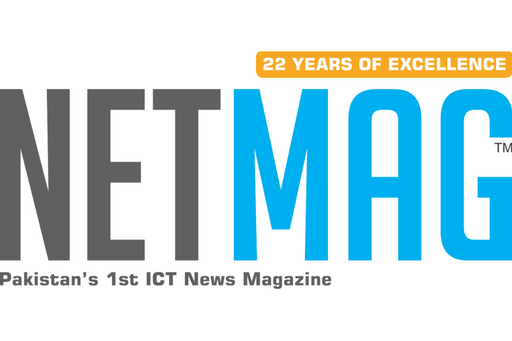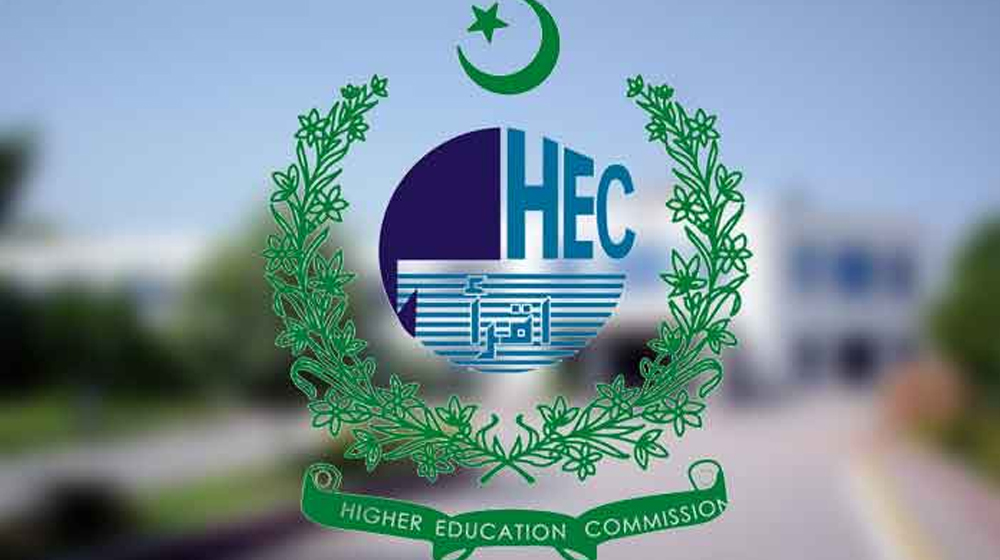Microfinance Banks in Pakistan continued to struggle with aggregate profitability, marking the fifth consecutive year of losses as of 2023. According to the “Financial Stability Review” by the State Bank of Pakistan (SBP), the sector reported pre-tax losses amounting to Rs. 10.8 billion, an improvement from Rs. 21.6 billion in the previous year. This slight recovery is attributed to diminishing impacts of the COVID-19 pandemic and consecutive years of rain and flooding in 2022 and 2023.
SBP: Microfinance Sector’s Losses Drop by Over Rs. 10 Billion in 2023



![Rare Whale Spotted for the First Time in Pakistan [Video]](https://netmag.pk/wp-content/uploads/2024/04/Rare-Whale-Spotted-for-the-First-Time-in-Pakistan-Video.jpg)